As the post-Olympic glow sets in, are there any lessons that can be drawn from Team GB’s incredible success story?
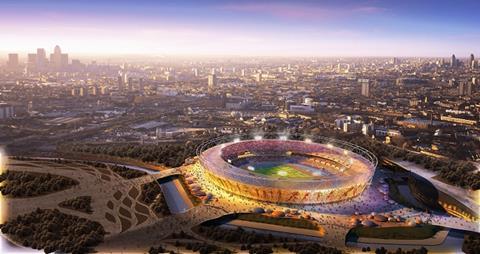
There is a simple, key driver behind Team GB’s success: increased investment. Funding for each medal now stands at an average of £5.5 million – with total funding up 16 per cent since Beijing in 2008. While other factors are clearly in play, the correlation of pound-per-medal is abundantly obvious.
The same applies to another key facet of GB’s Olympic narrative: Queen Elizabeth Olympic Park. As Team GB has continued to soar since 2012, so has the Olympic Legacy site. This should be a benchmark for the UK planning system, and a case study on how to promote regeneration and boost housing delivery.
Since 2012, the London Legacy Development Corporation – the one-stop-shop which is both land owner and planning authority – has pursued a radically pro-investment agenda, backed up by public money.
As a result, the Olympic Park is now one of the most dynamic growth areas in London. It is easy to forget that, beneath Richard Rogers’ and Zaha Hadid’s gleaming new structures, that the site was once a wilderness of left-behind scrubland and industrial sheds.
To be sure, the Park is not an unalloyed success. The site sometimes has a disjointed feel; a smorgasbord that doesn’t always cohere. But this is small criticism when compared to the white elephants of Athens and Montreal, whose Olympic venues lost their lustre soon after the jamboree passed to the next city.
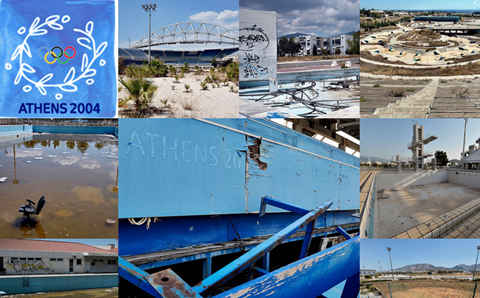
The Park’s regeneration was by no means a guaranteed success, and few predicted such an enduring legacy for the site. Yet now some of the biggest developers, retailers and institutions vie for a presence there – University College London, the Victoria and Albert Museum and leading housebuilders are all currently after a piece of the gold dust.
This is a success story that can be replicated across the UK. Investment in transport infrastructure, innovative approaches to local government, an acceptance of increased height and density and encouraging a strong mix of uses – education, retail and culture – will attract investment and reinvigorate derelict sites.
Indeed, Old Oak Common, another Mayoral Corporation, is starting to exude the same energy as its Olympic counterpart. There are a host of similar sites in London and across the UK crying out for similar ambition and drive.
What this requires, fundamentally, is a pro-development attitude backed up by forward funding. Too often, the planning system is about restricting, controlling and delaying. The Olympic Park shows that, with the right investment and ambition, planning can accelerate growth, boost housing and create vibrant new places. It is part of the UK’s Olympic success story, as much as the results in Rio this month.
























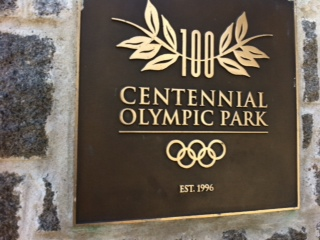
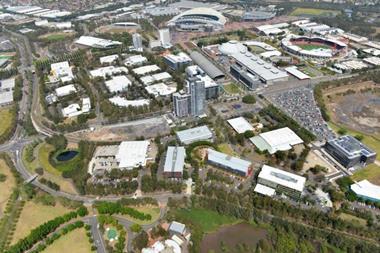
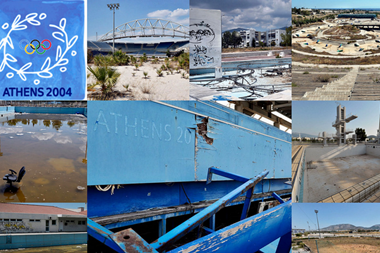


No comments yet